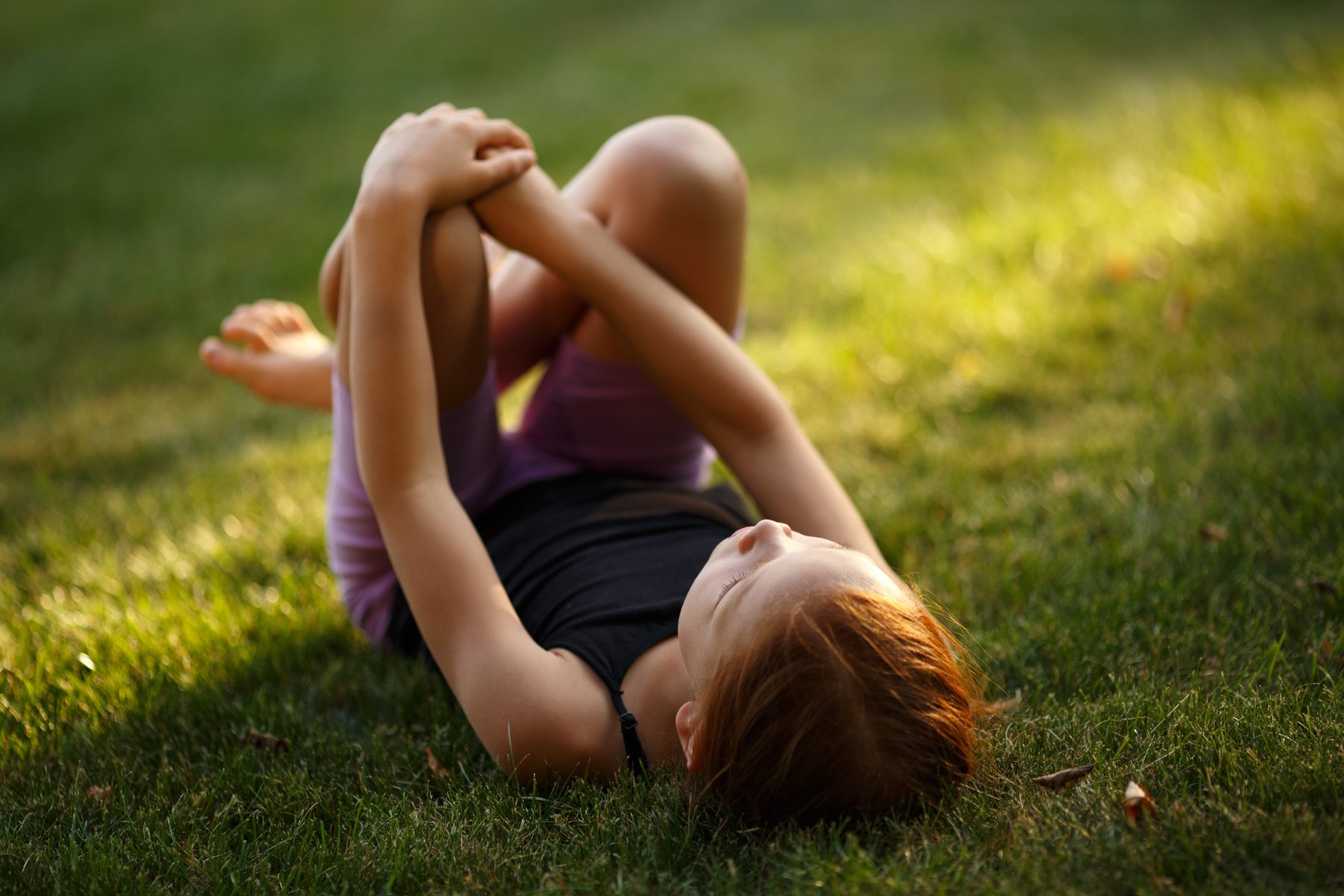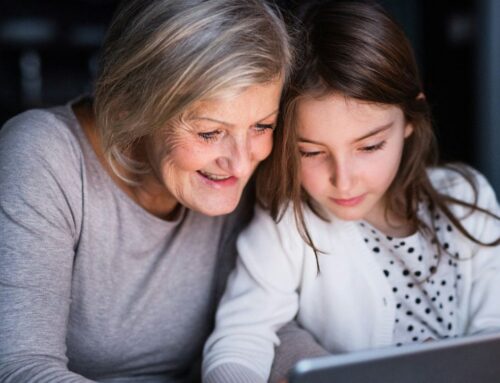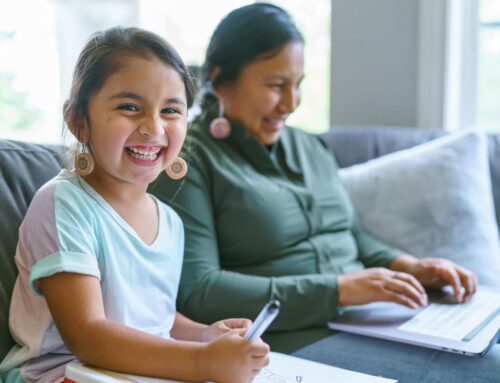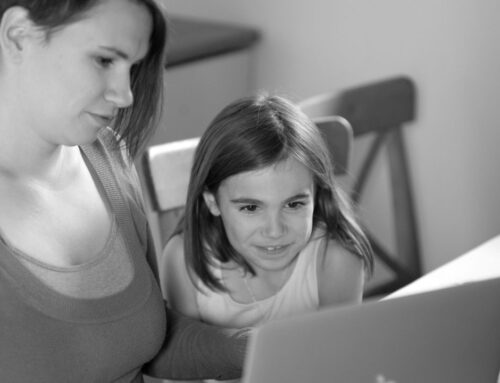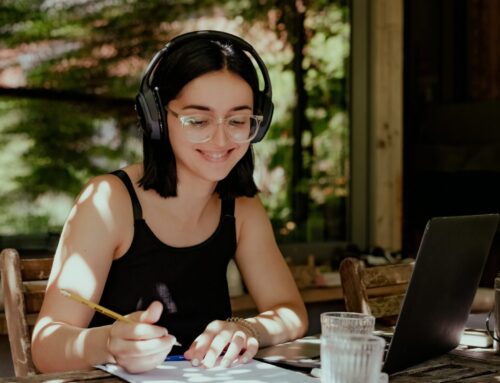By River Meyer, SelfDesign Director of Organizational Learning and Culture
This is the second article in a series exploring the SelfDesign philosophy.
Are you a naturally curious person? Does your curiosity mostly reside in exploring new topics or new activities? Or does it extend to being curious about other people?
In my experience, active curiosity about others is foundational in creating relationship. In SelfDesign’s philosophy, relationship is considered to be a fundamental ingredient of learning. When we are curious about another person’s history, culture, values or behaviours, we open ourselves to seeing things from a different perspective. At the same time, the other person is invited to express their views and perhaps explore their own statements. And when we are both open to newness or difference, we are learning. We are developing the kind of wisdom that comes from honouring multiple views even if we may not agree with them.
As parents or guardians, how does the concept of curiosity apply in our daily interactions with our children? It’s often so easy to make assumptions about why a child says certain things or behaves in particular ways. If we don’t take the time to ask questions of them, we may never uncover the roots of what we see on the surface.
What if a child’s behaviour that is driving us to distraction is caused by something quite different from what we think? Or might we be unaware the child believes something about their world or immediate environment that shapes their reaction to events? Conversations with our child, sprinkled with careful questions can provide insight and can help us develop a deeper and more mutually respectful relationship.
If we limit ourselves to our assumptions, we may never truly ‘meet’ the young person in front of us. And we may miss out on creating a relationship based in the experience of learning about that person each day.
When we bring curiosity to the exchanges we have, we create an opportunity to understand things in a new way. We may even be delightfully surprised at the person we see in front of us!
In my own interactions with my child when she was younger, I often experimented with pretending she was a person from another culture — the land of childhood? — and I brought curiosity to my interactions with her in the same way I might do with someone I was meeting for the first time. What shapes you, daughter, I might consider? What lies underneath the choices you make?
In essence, I was wanting to understand who she was at that point in her life rather than simply assuming I knew.
Through those experiments with being openly curious, I came to value her as her own person rather than as an extension of me or as someone I believed I fully knew. My assumptions disappeared and my conversations with her deepened. She felt respected and seen, and our relationship grew exponentially as a result.
In modeling curiosity to her over the years, I have seen her grow into a person who brings curiosity to the relationships she develops. She wants to know people deeply and understand who they are – and I hear from others that she is greatly valued for that quality.
In the SelfDesign Learning Community, we use our curiosity as a way for learners to begin seeing themselves as unique, interesting beings, and we support parents in learning techniques that draw out their children’s self-knowledge.
This is the origin of self-agency in children, the foundation for recognizing their own individuality. It is a cornerstone for them to begin reflecting on their personal decisions and the responsibility that comes with them. What better seeds to plant for our children?
In our parenting roles, we have the best opportunity to plant those seeds and watch them grow, using curiosity as a primary implement.
This topic, as well as others offered in this series, is discussed in more detail in the SelfDesign Path course, a resource available to parents and guardians with children enrolled in SelfDesign Learning Community, and to educators in the program.
Read other articles in this series:
Diving into SelfDesign philosophy: Part 1– Being present in today’s world

